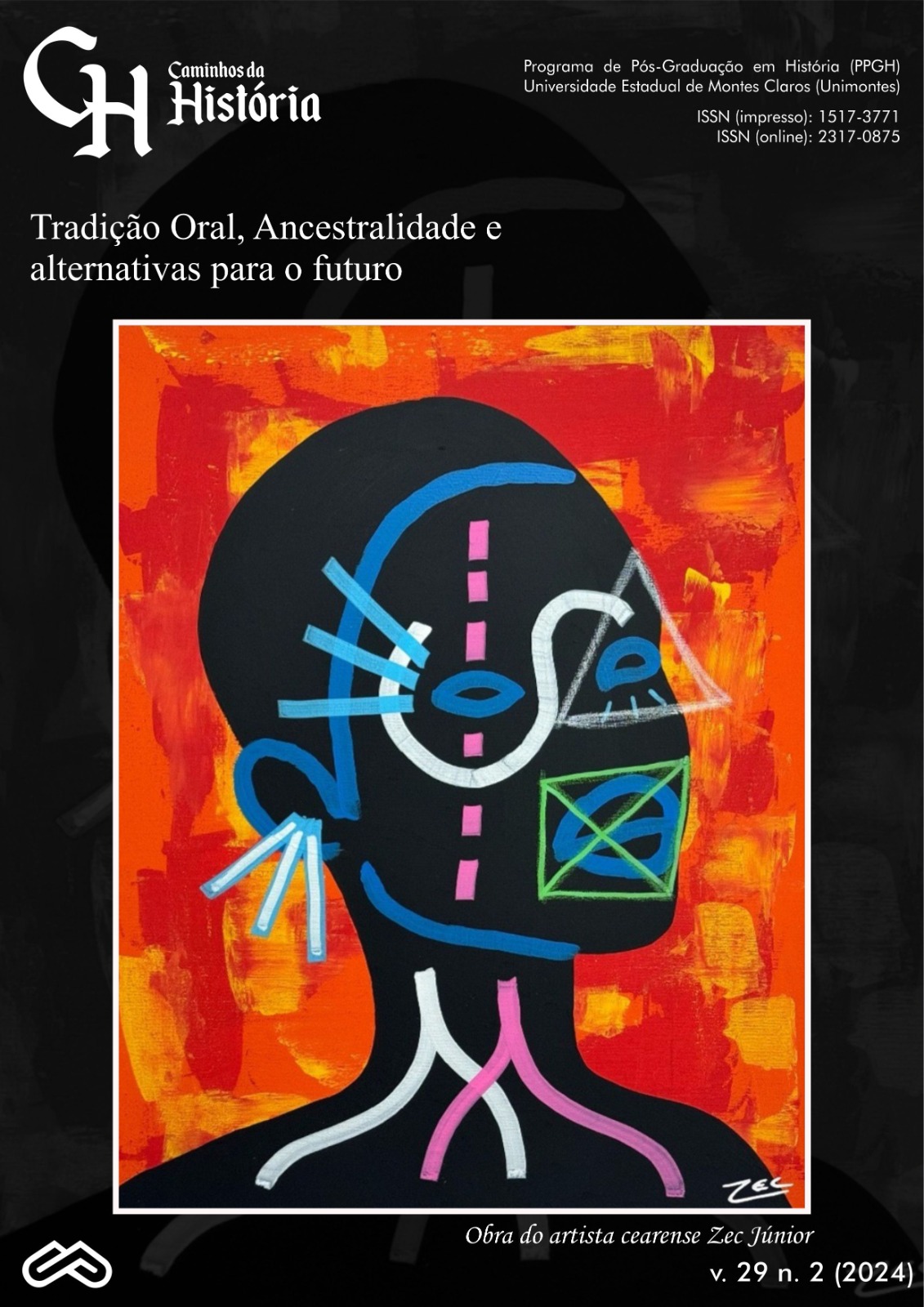The visual representation of Lula and Collor in the Voz da Unidade newspaper during the second round of the 1989 election
The visual representation of Lula and Collor in the Voz da Unidade newspaper during the second round of the 1989 election
DOI:
10.46551/issn.2317-0875v29n2p.271-297Keywords:
Voz da Unidade, Election, Lula, Collor, Brazilian Communist PartyAbstract
In this article I analyzed five editions of the Brazilian Communist Party newspaper, published between the first and second rounds of the 1989 Brazilian presidential election. Through this corpus I understood how the newspaper constructed the images of the two presidential candidates, Fernando Collor de Mello and Luiz Inácio Lula da Silva. Taking into account that the PCB started to support Lula's candidacy in the second round of the election, I raised the differences between the creation of a positive image for this candidate and a negative image for Collor. In order to analyze the context of production of the sources, I also carry out a brief debate about the end of the Sarney government. To carry out this research I use the thoughts of authors who work on image sources, both photography and drawing; therefore, I apply the theoretical-methodological framework present in the works of Lorenzo Vilches as well as in the productions of Rodrigo Tavares and Boris Kossoy. From what was analyzed, I conclude that Voz da Unidade sought to bring Lula's image closer to the ideals of the party itself, while Collor was represented only in a comical capacity, being mocked as a politician by the periodical.
Downloads
References
BARTHES, Roland. A câmara clara: nota sobre a fotografia. Rio de Janeiro: Nova Fronteira, 1984.
CHARAUDEAU, Patrick. Discurso das mídias. São Paulo: Contexto, 2019.
D'ARAUJO, Maria Celina. O estável poder de veto das Forças Armadas sobre o tema da anistia política no Brasil. Varia História, v. 28, n. 48, p. 573-597, 2012. DOI: https://doi.org/10.1590/S0104-87752012000200006. Disponível em: http://www.scielo.br/scielo.php?script=sci_arttext&pid=S0104-87752012000200006&lng=en&nrm=iso. Acesso em: 01 set. 2023.
FABRIS, Annateresa. Identidades virtuais: uma leitura do retrato fotográfico. Belo Horizonte : Editora UFMG, 2004.
FERREIRA, Jorge. O presidente acidental: José Sarney e a transição democrática. In: FERREIRA, Jorge; DELGADO, Lucília de Almeida Neves. (Org.). O tempo da Nova República: da transição democrática à crise política de 2016: Quinta República (1985-2016). 1. ed. Rio de Janeiro: Civilização Brasileira, 2018. p. 27-73.
FREIRE, Américo; CARVALHO, Alessandra. As eleições de 1989 e a democracia brasileira: atores, processos e prognósticos. In: FERREIRA, Jorge; DELGADO, Lucília de Almeida Neves. (Org.). O tempo da Nova República: da transição democrática à crise política de 2016: Quinta República (1985-2016). 1. ed. Rio de Janeiro: Civilização Brasileira, 2018. p. 119-162.
MACIEL, David. De Sarney a Collor: reformas políticas, democratização e crise (1985-1990). 2008. Tese (Doutorado em História) - Programa de Pós-Graduação em História, Universidade Federal de Goiás, Goiânia, 2008.
MARTINEZ, Paulo Henrique. O Partido dos Trabalhadores e a conquista do Estado 1980-2005. In: RIDENTI, Marcelo; REIS, Daniel Aarão. (Org.). História do Marxismo no Brasil. Campinas, SP: Editora da Unicamp, 2007. v. 6.
MARTINS, Ana Luiza; LUCA, Tânia Regina. Imprensa e Cidade. São Paulo: Editora UNESP, 2006.
MINOIS, Georges. A história do riso e do escárnio. São Paulo: Editora UNESP, 2003.
SOUZA, José Milton Pinheiro de. O PCB e a ruptura da tradição: dos impasses das formulações do exílio ao exílio da política no Brasil (1971-1991). 2014. Tese (Doutorado em Ciências Sociais) - Programa de Pós-Graduação em História, Pontifícia Universidade Católica de São Paulo, São Paulo, 2014.
TAVARES, Rodrigo Rodrigues. Desenhando a revolução: as imagens da imprensa comunista (1945-1964). São Paulo: Intermeios, 2017.
VILCHES, Lorenzo. Teoría de la imagen periodística. Barcelona: Paidós, 1997.
VOZ DA UNIDADE, 23 de novembro de 1989, p.1-2.
VOZ DA UNIDADE, 30 de novembro de 1989, p.1-3.
VOZ DA UNIDADE, 7 de dezembro de 1989, p.1-2.
VOZ DA UNIDADE, 13 de dezembro de 1989, p.1-2.
VOZ DA UNIDADE, 21 de dezembro de 1989, p. 1-2.
VOZ DA UNIDADE SEGUNDO TURNO, 30 de novembro de 1989, p.1.
VOZ DA UNIDADE SEGUNDO TURNO, 7 de dezembro de 1989, p.1.
VOZ DA UNIDADE SEGUNDO TURNO, 13 de dezembro de 1989, p.1.




















